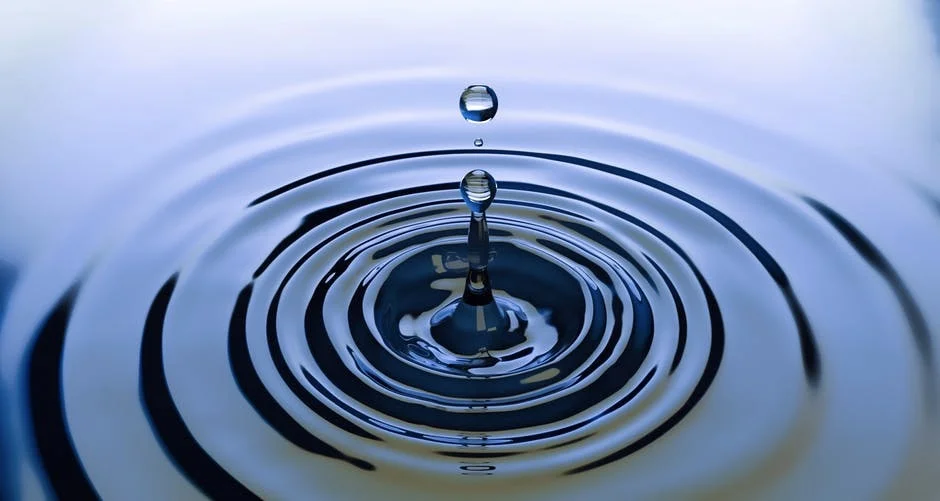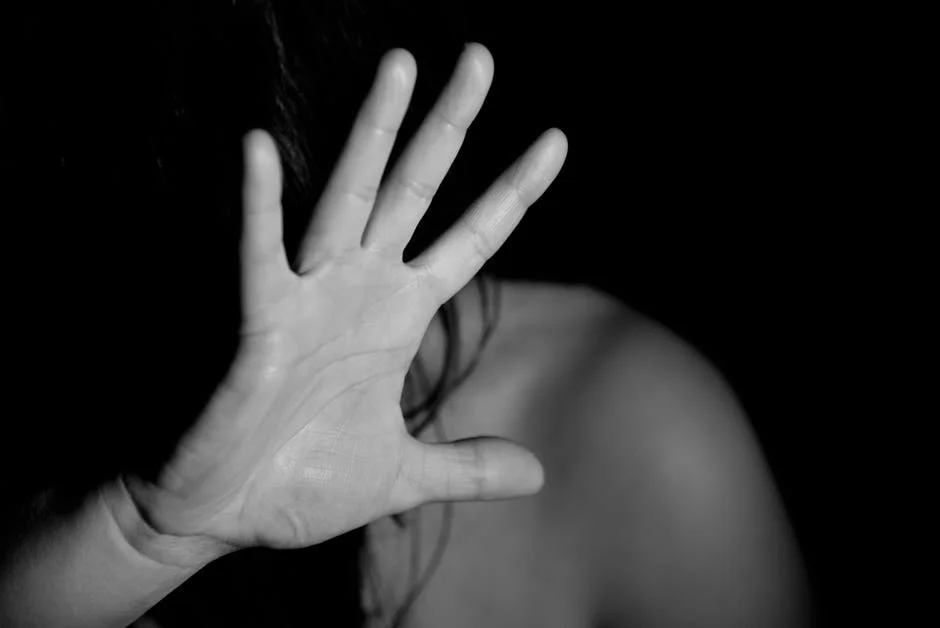Coffee drinking is a truly ancient and global tradition. Begun in the Middle Eastern country of Ethiopia at least 700 years ago, people on every continent and in every region have since come to enjoy the rich flavor and uplifting effects of coffee. One thing that many coffee drinkers don’t realize, though, is that tasty black liquid in their cup is not always created equal. In fact, there are several regions across the globe in which different varieties of the coffee plant are grown. Coffee connoisseurs might know the difference, but odds are that the average coffee drinker hasn’t yet been introduced to the wide world of coffee varieties. Well, here is that introduction.
The Two Basic Beans
Though each type has several sub-categories, there are only two basic types of coffee grown for human consumption. The first, named for its boldness, is called Robusta. Though it’s sometimes preferred by European coffee drinkers, Robusta is generally considered to be an inferior bean in terms of flavor. It is strong, but has a bitterness that’s difficult to overcome with any amount of cream or sugar. Additionally, the caffeine content in Robusta beans are considerably higher than the other type. In some varieties, caffeine can be up to 4% of the entire bean!
The other type of coffee bean, and the one that most gourmet coffee drinkers consider superior, is called Arabica. Named for the region in which it was first grown, Arabica beans constitute about 70% of worldwide coffee made for consumption. The caffeine content in this type of bean is much more reasonable, ranging from .8% up to 1.4%. In addition, it is known to have a less bitter flavor and more “body”, which is a term used to describe its relative thickness felt on the tongue when tasted. Coffee beans that are widely considered to be the best in the world are almost exclusively of the Arabica type.
The South and Central American Varieties
Because Arabica beans perform better when grown in tropical regions, Central and South America are downright legendary for their coffee quality. From Costa Rica comes the “Hard Bean” coffee variety. It’s grown at altitudes over 3,900 feet, often on small “micro” farms owned and managed by families. Coffee specialty shops are often the only outlet to access coffee from Costa Rica. Also in Central America is the El Salvador bean type. Its terrain and climate are well suited for a type of Arabica known as “shade grown”. These beans aren’t particularly well known, but those that have tried this variety enjoy its particularly sweet, mild flavor. Grown north of El Salvador, the Mexican Arabica variety is unique for its “light” quality.
Beans from Mexico are distinguished by their airy body and nutty aftertaste, and serve as the base for many gourmet blends of coffee. Consumers in Germany particularly like Mexican bean blends. Perhaps the most notable bean variety to come from Central America is Jamaican Blue Mountain. As the name implies, it is grown in the mountainous regions of this island country. It’s highly expensive because of limited supply, but the particularly rich taste and full body of coffee made from this bean keep its popularity high among coffee connoisseurs.
Moving in a Southern direction from Central America, the continent of South America produces some truly great coffee varieties. Most prominent is the Arabica bean from the country of Colombia. The farmers of this country are renowned for the painstaking processes they go through to ensure the quality of their beans. Much of the work, from picking to transport, is done by hand. This extra effort and careful inspection ensures that the beans are both bold and bitter. Bolivia, though it is not known as a coffee producing country, also grows small amounts of high quality beans. Its extremely hilly landscape are perfect for growing coffee – the problem is finding the labor and land on which to grow it. Because of these difficulties, Bolivian coffee is exceedingly rare. Those beans that eventually do make it to the cup are undoubtedly great, though, as Bolivian Arabica beans won the “Cup of Excellence” global coffee competition in 2005. Bolivia’s neighbor Brazil, on the other hand, is the world’s leading supplier of coffee. Brazilian coffee beans aren’t grown at very high altitudes, so their taste isn’t as acidic (sweet). When drinking Brazilian coffee, go for the country’s Santos bean. It is harvested from the same line of plants originally imported to Brazil hundreds of years ago, and is superior to other varieties from there.
The Asian Pacific Coffee Varieties
With tropical climates and plenty of room for farms, Asian Pacific countries also make coffee varieties worth trying. First, here in the United States, is Hawaii. It’s the only state in America that can produce high quality coffee, and it certainly does so. The most notable of the Hawaiian varieties is Hawaiian Kona coffee. Grown on the slopes of dormant volcanoes, the Kona variety coffee bean is distinct from other varieties because of its buttery nuances – certainly a rarity in the world of coffee. The island of Sumatra, just south of Thailand in the Indian Ocean, is home to a unique and wildly expensive variety of coffee called Kopi Luak. Apparently, the island’s wild beans are ingested by a small mammal called a Luak, and after it passes through their digestive systems, it is harvested. As weird (and unnerving) as this might sound, this exceedingly rare coffee variety has been sold for over $300 per pound in some cases!
North of Sumatra, in the jungles of Vietnam, a rare high quality Robusta coffee variety called Trung Nguyen is grown. Because of its boldness, the flavor nuances of this bean type are typically likened to either chocolate or hazelnut. The other high quality Robusta bean to come from the Asian-Pacific nations is called the Monsooned bean. It’s grown in the wet parts of India, and is typically used in blends designed for making espresso. Those who like their coffee very strong are fans of this dark, rich bean.
The African Coffee Varieties
Though the continent itself is no longer known for its coffee, Africa (specifically Ethiopia) is the original home of the wild coffee bean. In Ethiopia, there are three different bean types that are considered gourmet. The first is Ethiopian Harar, which is better known by its nickname, “mocha”. The red wine-esque flavor and aroma nuances that this bean give off are its trademark. The second is Ethiopian Sidamo, grown typically in drier regions, has an almost spicy quality that coffee experimenters often enjoy highly. Finally is the Ethiopian Yirgacheffe bean. Its flavor is markedly light, and the high acidity of the bean translates to an almost “airy” body.
The only other African country notable for its coffee beans is Kenya. Its Arabica varietals are, like Ethiopian coffee, very acidic and light. Connoisseurs of rare coffee beans note that its flavors typically have surprisingly fruity overtones – a quality that’s hard to find in coffee beans from other regions of the world.
Starting Your Coffee Tasting Adventure
Now that you know the vast array of coffee beans available, the time has come to begin giving them a try! Whether you prefer dark and rich Robusta beans or light and sweet Arabicas, odds are there is at least one type of coffee out there that pleases your palate perfectly. The real challenge, of course, is seeking out and finding your own “Holy Grail” of coffee varieties.















The difference between this young man’s life and Drew Barrymore's in “50 First Dates,” is he has no supportive family to lovingly help him through each day. His father died years ago. His mother is an addict, who is suffering a long, slow, terminal illness.